Preston S.
Jul 24, 2023
•6 minutes
What Stabilizers To Buy for Your Mechanical Keyboard
Choosing some new stabilizers for your mechanical keyboard? Don't miss our blog post! Discover the best choices so you can enhance your typing experience today!
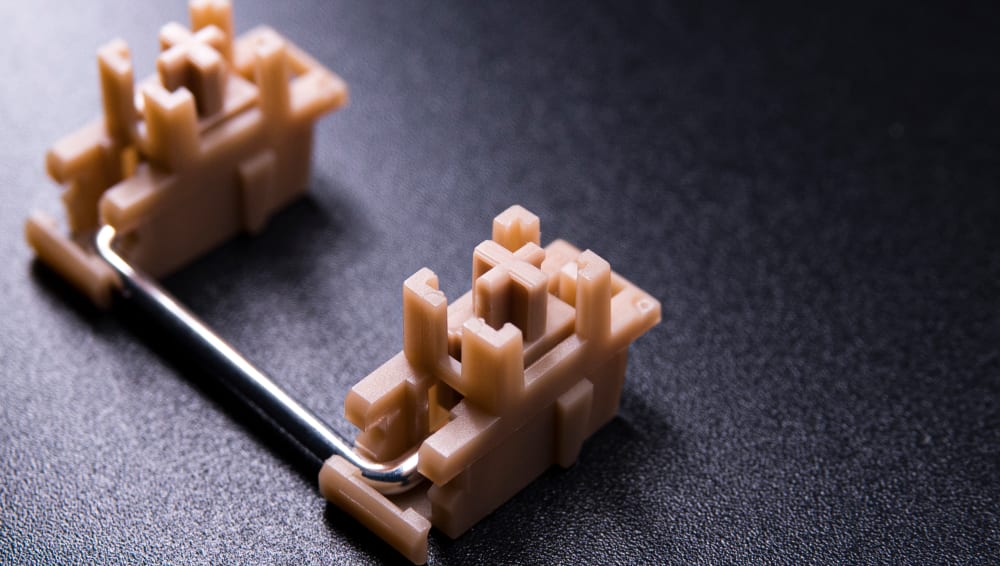

Gateron Plate Mount V2 Stabilizers
Finding the best stabilizers for your keyboard can be quite a difficult task. There are so many options to choose from, and different types as well, but don’t worry, today we are going to be going over everything you need to know so you can make the best decision possible.
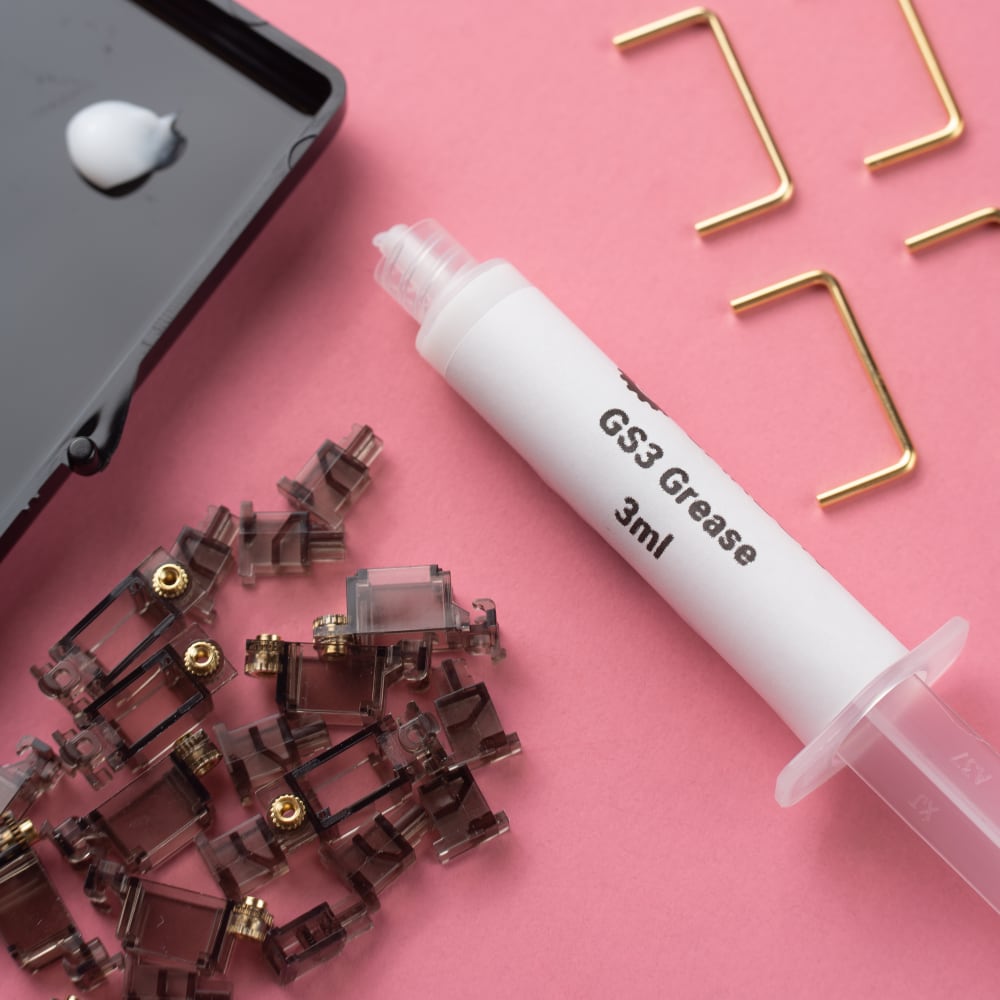

Durock V2 Screw-In Stabilizers with Carbon GS3
Screw in, Clip in, or Plate Mounted?
There are three main types of stabilizers to choose from: . The names pretty much explain how each of them work, but what matters the most is finding out what stabilizer type your keyboard supports.
Screw in stabilizers are considered the best performing out of the three due to the fact that the stabilizer will screw into the PCB directly. This reduces any rattle and makes them more secure as well. The main thing to look for is to see if your PCB has holes where the stabilizer would go like the enter key for example.
The same holes are also how clip-in stabilizers are secured as well. For , the plate of the keyboard will have little slots where the stabilizers would be able to secure into. Usually, the keyboard or keyboard kit will say on the product page what stabilizers it supports (if any), but if not, this is the easiest way to check if it will support screw in stabilizers, clip in stabilizers, or plate mounted stabilizers.
Clip in stabilizers are very similar to screw ins as they both are secured to the PCB of the keyboard. The main difference is they do not use any screws, they just snap into the holes we mentioned earlier. This makes it a lot easier to install, but as a result, they can be a little bit less secure than screw-in stabilizers and can pop out if you accidentally pull to hard when removing a keycap.
It is important that you take your time and don’t apply a lot of force when pulling out keycaps when usig clip-in stabilizers so you can reduce the chance of this happening. Other than that, performance wise, they are just as good as screw in stabilizers.
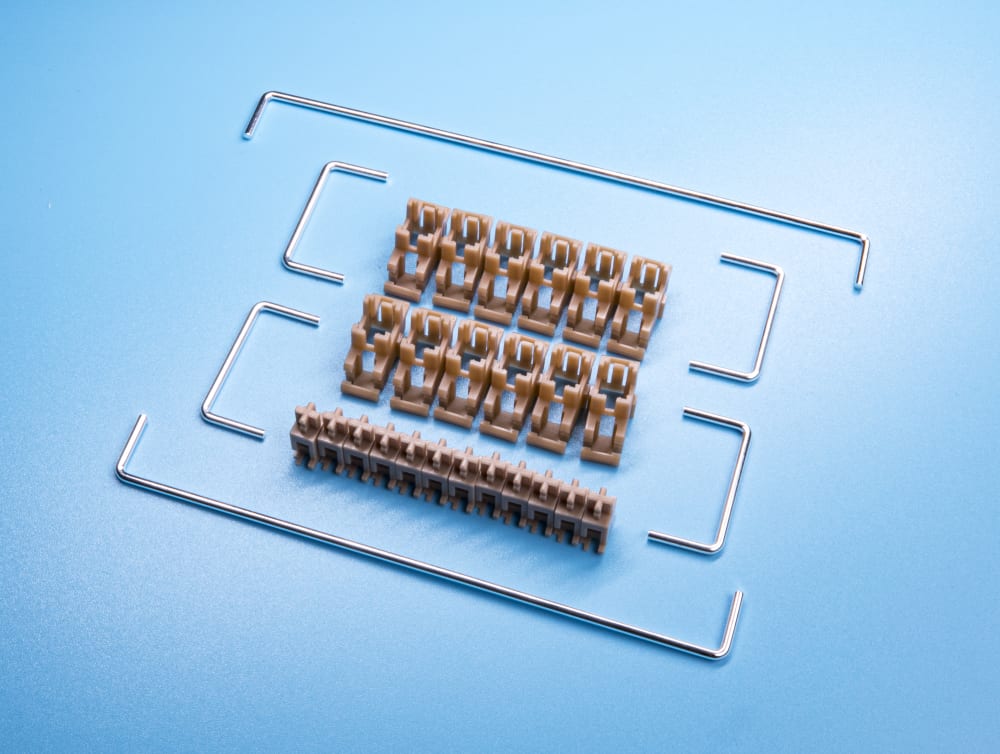

Gateron Plate Mount Stabilizers
Lastly, we have plate mounted stabilizers. These do not secure into the PCB and instead are secured into the plate of the keyboard instead. This makes them very easy to install and they are usually cheaper as well. They are also a lot easier to modify as you don’t have to take apart the whole keyboard to remove the stabilizer since it is only secured to the plate.
Unfortunately, while plate mount stabilizers might be the easiest to work with, they can also be the hardest to perfect as you might need to mod a lot of things to remove the rattle completely.
Sometimes, the plate’s cutouts can be slightly too big which means the stabilizers aren’t as secure as they should be which in return can cause you to have some rattle. To remove this, people usually put a small piece of band-aid onto the plate, so it fits better and doesn’t move around.
What are Some Good Options for Each Type?
Now that we have gone over the types of stabilizers, let's get into some of the most popular options for each type. Starting off with screw-in stabilizers/clip-in stabilizers, some of the most popular ones are going to be your Durock V2s which have long been a fan favorite because they just perform well after simple mods.
Recently, we have seen some new competitors create some pretty good alternatives as well such as the TX (Rev. 3), Staebies V2, Owlstab V2, and Gateron Ink V2s. All of these options can be a great fit for your keyboard, but it all depends on what you are looking for in terms of price, and availability. Durock V2s are the most popular because they are very easy to get your hands on and are relatively inexpensive.
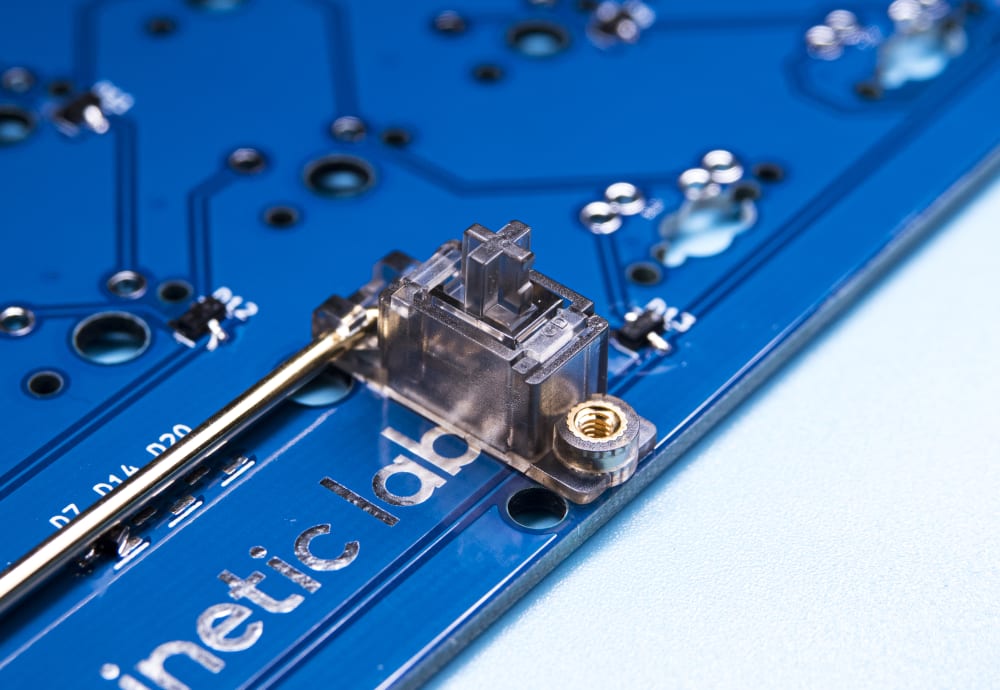

Gateron Ink V2 Stabilizers
While you might find better performance on stabilizers like the TX (Rev. 3) and Stabies V2s, they are much harder to get your hands on as they are constantly going out of stock. They are also newer products, so unexpected issues arise from time to time, such as issues fitting or breaking keycaps in some cases.
When it comes to plate mounted stabilizers, the most common answer would be to recommend Durock’s plate mount stabilizers, but just like screw ins, there have been some new options added to the market that might also be just as good if not better.
Sumgsn makes some pretty decent ones that secure slightly better to the plate vs Durock’s plate mounted stabilizers, and NovelKeys also has a pretty solid option as well, but my personal favorite would have to be Akko’s new stabilizers. They have a very unique feature that removes the need to “holee mod” them as it is already built in thus removing an annoying step in the modding process and making my life a whole lot easier.
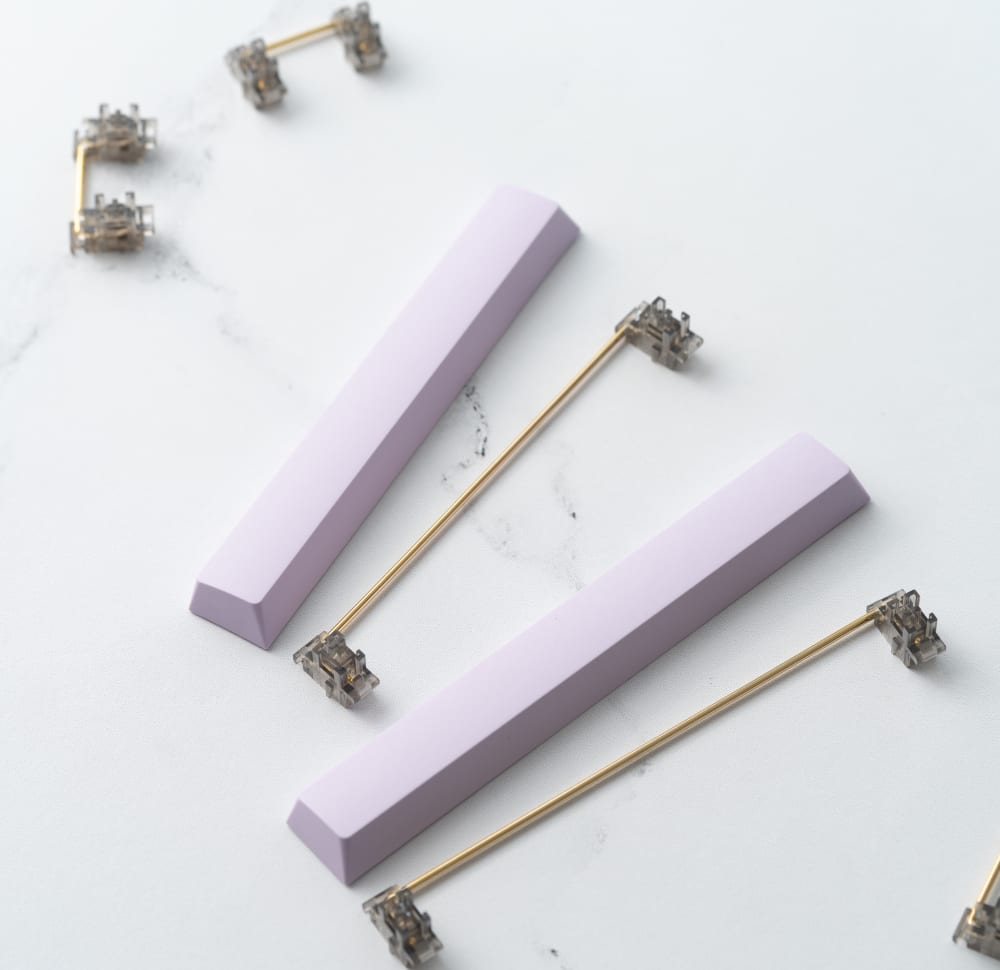

Durock Plate Mount 6.25u and 7u Stabilizers
Another thing that is worth mentioning is that sometimes keyboards have a bigger spacebar or can support a bigger spacebar. Normally, a spacebar is size 6.25u, but can also be a 7.0u size as well and it's important to find out what size your keyboard has. Most stabilizer sets will have both a 6.25u and a 7.0u wire, but some only have one or the other. So be sure to double check before purchasing.
Lastly, PCBs can also differ in terms of thickness so it is also important to check and make sure that the stabilizer will fit your PCBs thickness. This is important because if not, you might have fitting issues and will have to buy stabilizer shims for your screw in stabilizers to fit flush on the PCB without rattling around. In the case of thinner 1.2mm PCBs, you generally need these shims under the stabilizer to add padding, whereas 1.5mm and 1.6mm-thick PCBs do not need these shims.
I know a lot of this information can be a bit confusing and overwhelming, but hopefully I was able to break down what each stabilizer type is and give some pretty good options as well. At the end of the day, any stabilizer will get the job done with the right amount of modding, it's just that some require less modding than others.